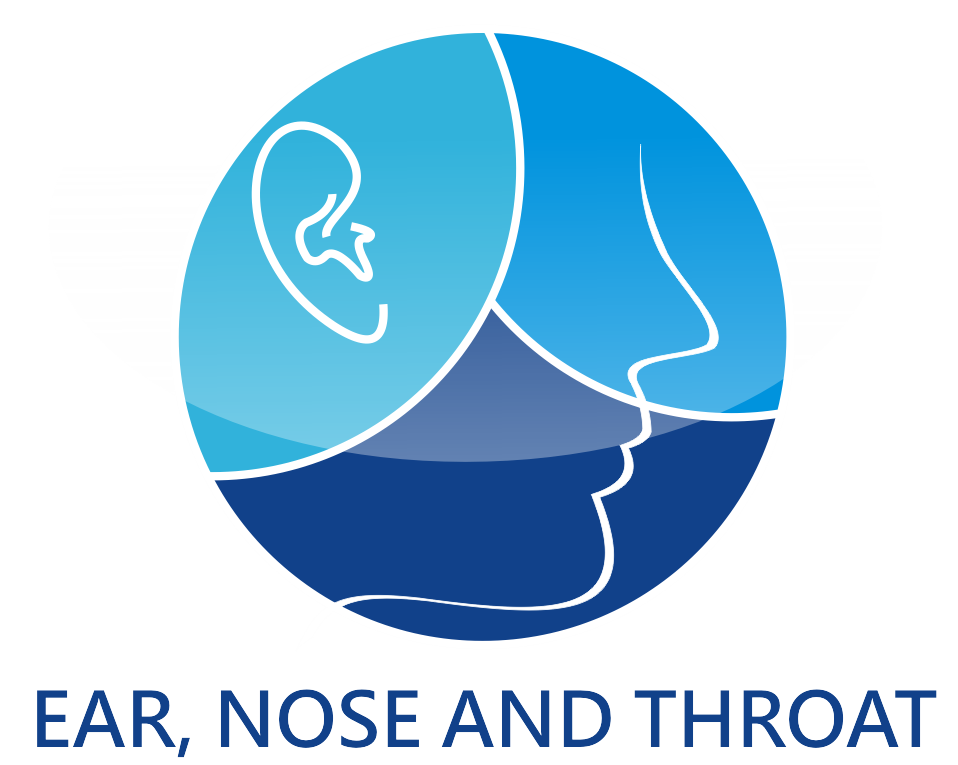+918048037768

This is your website preview.
Currently it only shows your basic business info. Start adding relevant business details such as description, images and products or services to gain your customers attention by using Boost 360 android app / iOS App / web portal.
Description
Surgery for Snoring Surgical interventions for snoring are typically considered when conservative treatments (such as lifestyle changes, nasal strips, or CPAP therapy) have failed or when the snoring is associated with more severe conditions like obstructive sleep apnea (OSA). The goal of snoring surgery is to reduce or eliminate the airway obstruction that causes snoring. Indications for Surgery Chronic snoring that disrupts sleep or the sleep of others. Obstructive sleep apnea (OSA): Snoring caused by partial or complete blockage of the upper airway. Ineffective results from conservative treatments like weight loss, sleeping position changes, or CPAP therapy. Enlarged or abnormal anatomy of the throat, nose, or palate contributing to snoring. Types of Surgery for Snoring 1. Uvulopalatopharyngoplasty (UPPP) Description: UPPP is the most common surgical procedure for snoring and mild to moderate obstructive sleep apnea. It involves removing excess tissue from the soft palate, uvula (the hanging structure at the back of the throat), and sometimes the tonsils to widen the airway. Procedure: The surgeon makes an incision in the throat to remove the uvula and part of the soft palate. This procedure helps eliminate obstructions that cause snoring. Recovery: Recovery can take 1–2 weeks, with some discomfort, throat pain, and difficulty swallowing in the initial days. 2. Laser-Assisted Uvulopalatoplasty (LAUP) Description: LAUP uses a laser to remove or shrink the uvula and soft palate tissues. It is less invasive than UPPP and can be done under local anesthesia. Procedure: The laser targets the tissues at the back of the throat, shrinking or removing the uvula and part of the soft palate to widen the airway. Recovery: Patients usually experience a quicker recovery compared to UPPP, but some throat pain and discomfort are common. 3. Radiofrequency Ablation (RFA) Description: Radiofrequency ablation is a minimally invasive procedure that uses heat energy to shrink or stiffen soft tissues in the throat (such as the uvula, soft palate, or tongue base). Procedure: A small probe is inserted into the tissues, delivering controlled radiofrequency energy to reduce the size of the tissues, improving airflow. Recovery: This procedure generally involves minimal discomfort and a quick recovery. Multiple sessions may be required for optimal results. 4. Septoplasty (for Nasal Obstruction) Description: Septoplasty is performed to correct a deviated septum, which can contribute to nasal obstruction and snoring. Procedure: The surgeon straightens the septum (the cartilage and bone that divides the nasal passages) to allow for better airflow through the nose, reducing nasal snoring. Recovery: Recovery typically involves a few days of rest, with minimal pain and nasal congestion. 5. Genioglossus Advancement (GA) Description: GA is performed for patients with sleep apnea and snoring caused by tongue collapse during sleep. The surgery repositions the tongue muscle attachment to the lower jaw, preventing the tongue from obstructing the airway. Procedure: The surgeon cuts and repositions the attachment of the tongue muscle to the jawbone, preventing the tongue from falling back and blocking the airway during sleep. Recovery: Recovery can take 1–2 weeks with some swelling and discomfort in the jaw area. 6. Somnoplasty (Palatal Stiffening) Description: Somnoplasty is a minimally invasive procedure that uses radiofrequency energy to shrink and stiffen the soft palate, reducing vibrations that cause snoring. Procedure: A small probe delivers radiofrequency energy to the soft palate tissues, tightening them and reducing the likelihood of airway collapse. Recovery: Minimal pain, and most patients recover quickly within a few days. 7. Tonsillectomy and Adenoidectomy Description: If enlarged tonsils or adenoids are causing airway obstruction and contributing to snoring, their removal may be recommended. Procedure: The surgeon removes the tonsils and/or adenoids to improve airflow through the throat. Recovery: Recovery can take 1–2 weeks, with pain and difficulty swallowing initially.

